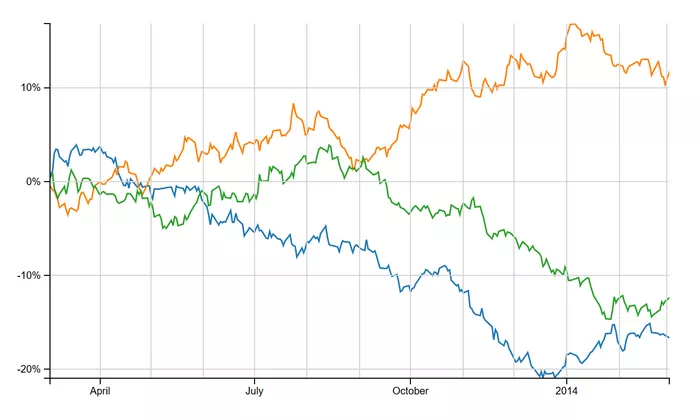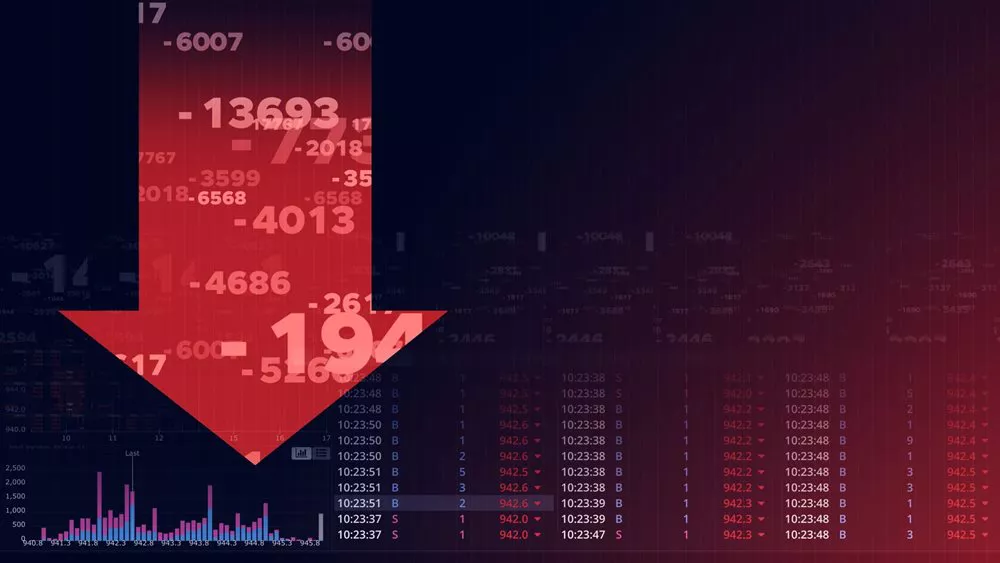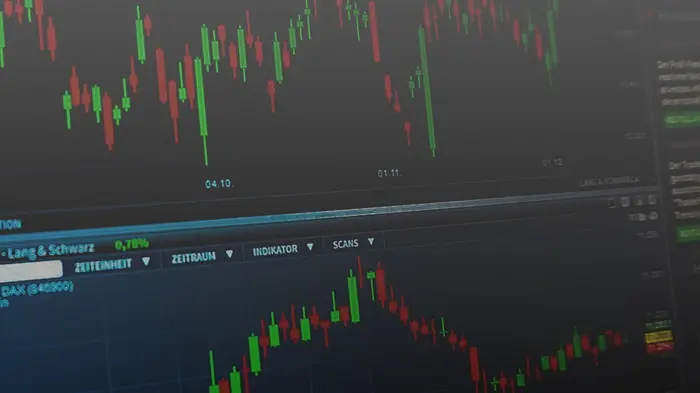In the world of investing, identifying breakout stocks can be one of the most rewarding strategies for gaining significant returns. Breakout stocks are those that experience a substantial upward price movement after breaking through key technical levels, such as resistance or previous highs. These stocks often signify the beginning of a strong trend, which, if timed correctly, can offer investors excellent profit opportunities. In this article, we will explain how to find breakout stocks, the tools and strategies you can use, and how to manage risks when trading these stocks.
What Are Breakout Stocks?
A breakout stock refers to a stock that moves beyond a well-defined resistance level or pattern, often accompanied by a surge in trading volume. This movement signifies that the stock has the potential to continue rising as more investors become aware of the stock’s bullish trend. Breakout stocks are often considered as an early indication of an uptrend, which presents an opportunity to capitalize on the price increase.
In a technical analysis context, a breakout happens when a stock moves beyond a key level of support or resistance, signaling that the price could continue to move in the same direction for a period of time.
Why Are Breakout Stocks Attractive?
Breakout stocks are attractive to traders and investors for several reasons:
Strong Potential for Profit: Once a stock breaks through its resistance level, the price could continue rising for an extended period, leading to significant profits for those who enter early.
Momentum: Breakouts often come with increased volume and momentum, which can drive the price further up.
Clear Entry Points: Breakouts provide clear technical signals, making it easier to identify when to enter a trade.
Short-Term Opportunity: For those who prefer shorter-term trading strategies, breakouts can offer fast-moving opportunities.
However, finding breakout stocks is not always straightforward, and requires a combination of technical analysis, market research, and experience. Let’s explore the different methods you can use to identify potential breakout stocks.
How to Find Breakout Stocks
Finding breakout stocks involves a combination of technical analysis, chart patterns, and fundamental research. Here are some key methods and strategies for identifying breakout opportunities.
1. Use Technical Indicators and Chart Patterns
Technical analysis plays a crucial role in identifying breakout stocks. By studying price charts and applying various technical indicators, investors can pinpoint breakout opportunities more effectively.
Key Technical Indicators to Spot Breakouts
Moving Averages: Moving averages, such as the 50-day and 200-day moving averages, can help identify long-term trends. When a stock price breaks above its moving average, it may be signaling an upcoming breakout. A golden cross, which occurs when a short-term moving average crosses above a long-term moving average, is often viewed as a bullish signal.
Bollinger Bands: Bollinger Bands measure the volatility of a stock. When a stock’s price breaks above the upper band, it may indicate a breakout. However, traders should also be cautious of false breakouts that occur when prices temporarily exceed the upper band before reversing.
Volume: Increased trading volume is a key indicator of a breakout. A stock breaking through a resistance level with higher-than-average volume is more likely to maintain its upward movement.
Relative Strength Index (RSI): RSI measures the speed and change of price movements. An RSI above 70 indicates that a stock is overbought, which can sometimes signal that a breakout is already in progress.
Popular Chart Patterns Indicating Breakouts
Chart patterns are another useful tool for identifying breakout stocks. Certain patterns are known to precede breakout moves, such as:
Triangles: Symmetrical, ascending, and descending triangles often precede breakouts. These patterns are formed when the price moves within a narrowing range, with the breakout typically occurring at the apex.
Cup and Handle: The cup-and-handle pattern is a bullish continuation pattern. It resembles a “cup” followed by a smaller consolidation (“handle”). Once the stock breaks above the “handle” level, it could signal the start of a breakout.
Flag and Pennant Patterns: These patterns indicate a short consolidation after a strong price move. A breakout above the resistance level of these patterns can signal the continuation of the trend.
Head and Shoulders: The inverse head and shoulders pattern is a strong signal of a potential breakout. This pattern often signals a reversal from a downtrend to an uptrend.
2. Monitor Key Support and Resistance Levels
Support and resistance levels are key areas on a stock chart where the price tends to stop and reverse direction. Identifying these levels is crucial for spotting breakout opportunities.
Support Level: This is the price level at which a stock tends to find buying interest, preventing it from falling further.
Resistance Level: The resistance level is the price point where selling pressure tends to outweigh buying pressure, preventing the price from rising further.
When a stock breaks through a resistance level, it signals a breakout. If the stock then consolidates above that level and maintains the new price level, the breakout could be considered confirmed. Similarly, breaking through a support level suggests that the stock could continue to fall.
3. Track Earnings Reports and News Events
While technical analysis is essential for spotting breakouts, fundamental factors such as earnings reports, news releases, and product launches can act as catalysts for price movements. These events can generate significant buying or selling pressure, leading to breakouts.
For example:
Positive Earnings Reports: Companies that exceed earnings expectations may see their stock prices break out to the upside.
Mergers and Acquisitions: Announcements of mergers, acquisitions, or partnerships can drive breakout movements.
Product Announcements: For tech and consumer goods companies, a major product release or innovation can spark investor enthusiasm and trigger a breakout.
By staying informed about the latest news in the market and understanding the impact of earnings reports and company announcements, you can better time your entry into breakout stocks.
4. Leverage Stock Screeners
Stock screeners are powerful tools that can help you find breakout stocks based on specific criteria. These screeners allow you to filter stocks based on factors such as:
Price Breakouts: Filter for stocks that have recently broken through resistance levels.
Volume Spikes: Filter for stocks with unusually high trading volume, indicating strong investor interest.
Momentum Indicators: Screen for stocks with strong momentum, such as those with high RSI readings or those that have recently moved above their moving averages.
Many financial platforms, including Bloomberg, Yahoo Finance, and TradingView, offer free or subscription-based stock screeners. Using these tools can help you narrow down potential breakout stocks to monitor.
5. Follow Market Sentiment and Sector Trends
Market sentiment and sector-specific trends can provide important context for identifying breakout opportunities. For example, if a specific sector—such as technology, healthcare, or energy—is experiencing strong growth, stocks within that sector may have a higher probability of breaking out. This can be attributed to factors such as:
Government Regulations: Policies or regulations affecting an industry can create bullish conditions for stocks within that sector.
Economic Cycles: Different sectors perform better during different phases of the economic cycle. For example, consumer staples tend to perform well during recessions, while technology stocks often break out during periods of economic expansion.
Investor Sentiment: Positive market sentiment, driven by factors such as low interest rates or increasing consumer confidence, can help fuel breakout stocks across multiple sectors.
By staying updated on the latest trends and sentiment in the broader market, you can better position yourself to take advantage of potential breakout stocks.
Risk Management When Trading Breakout Stocks
While breakout stocks offer significant profit potential, they also come with their own risks. Many breakouts turn out to be false, and stocks can reverse direction after briefly surpassing resistance or support levels. Here are some strategies for managing risk when trading breakout stocks:
Use Stop Loss Orders: To protect yourself from significant losses, use stop-loss orders to automatically exit a trade if the price moves against you. Setting your stop-loss just below the breakout level can help minimize losses if the breakout fails.
Position Sizing: Limit the amount of capital you risk on any single breakout trade. Never risk more than a small percentage of your total capital on one trade to avoid large losses.
Monitor the Stock’s Volume: Always ensure that the breakout is accompanied by strong volume. A breakout with low volume is often a sign of a false move.
Wait for Confirmation: Before entering a breakout trade, wait for confirmation. This means ensuring that the stock has held its breakout level for a certain period (e.g., a few days) without pulling back.
Conclusion
Finding breakout stocks involves a combination of technical analysis, chart patterns, and keeping an eye on market sentiment and fundamental factors. By utilizing key indicators, monitoring resistance and support levels, and staying informed about news events, investors can better identify breakout opportunities.
However, breakout trading is not without risk. False breakouts are common, and not all breakouts lead to sustained price movements. Therefore, managing risk with strategies like stop-loss orders and position sizing is crucial.
By applying these strategies and keeping a disciplined approach, you can increase your chances of identifying profitable breakout stocks and maximizing your investment returns.
Related topics:
























